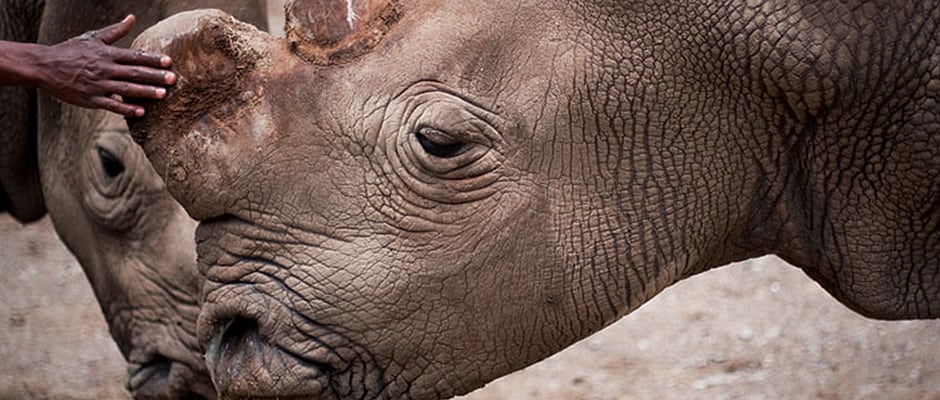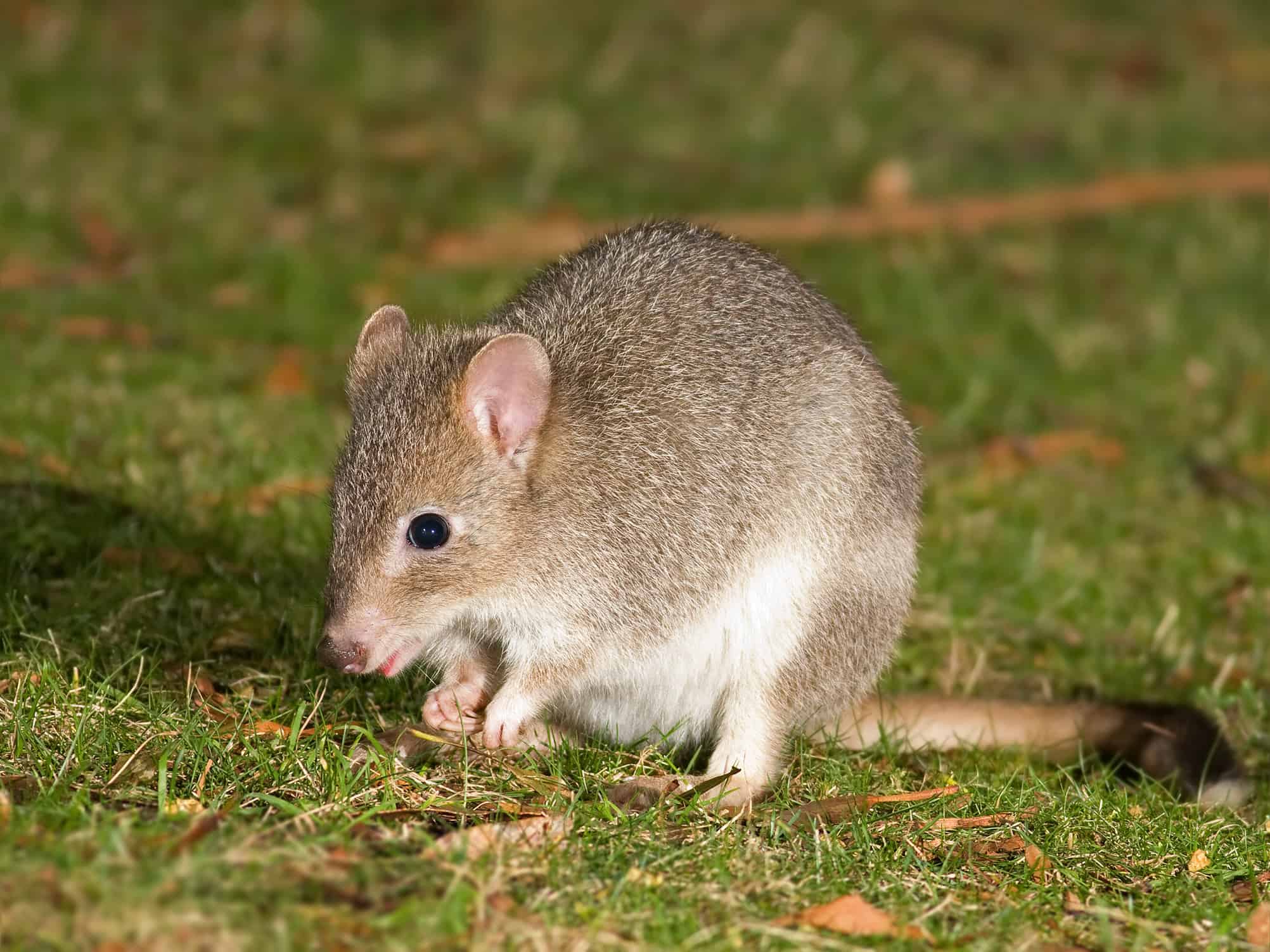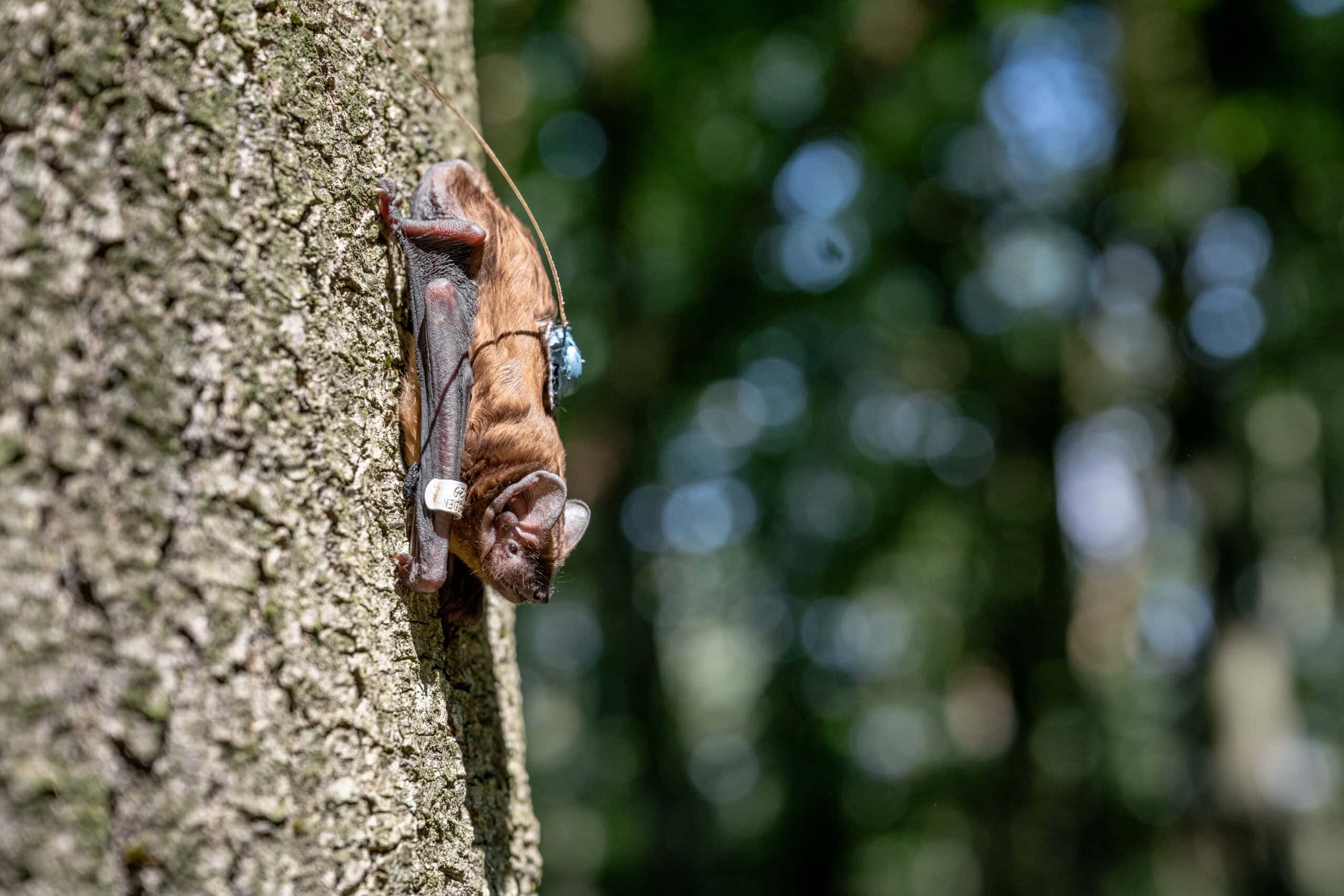Share this article
Death of Rare Rhino Sign of the Times
The number of northern white rhinos (Ceratotherium simum cottoni) left in the world now stands at six following the death of Suni, one of the subspecies’ last two breeding males. Park rangers at Kenya’s Ol Pejeta Conservancy found the rhino in his enclosure on October 17.
Suni’s death at age 34 is unusual — northern white rhinos are thought to have a life span of 40 to 50 years. The Ol Pejeta Conservancy ruled out poaching and noted that Suni’s father died of natural causes at the same age. An official cause of death has yet to be determined, but veterinarians with the Kenyan Wildlife Service will conduct a necropsy as soon as possible, the conservancy said in a statement.
Northern white rhino numbers have plummeted in the last 50 years due to habitat loss and poaching fueled by political turmoil. In the 1960s, more than 2,000 rhinos roamed parts of Uganda, Chad, South Sudan, Central African Republic and Democratic Republic of Congo. Despite conservationists’ best efforts, they were declared extinct in the wild in 2008.
Born at the Dvůr Králové Zoo in the Czech Republic, Suni was the first northern white rhino born in captivity. In 2009, he and three other rhinos were transported to the conservancy as part of a breeding program. To date, all attempts to produce offspring have failed — even with assistive reproductive technologies.
Reserve officials remain steadfast, however. “We will continue to do what we can to work with the remaining three animals on Ol Pejeta in the hope that our efforts will one day result in the successful birth of a northern white rhino calf,” the reserve stated.
If the last breeding male fails to produce a calf, that doesn’t necessarily mean the end for the subspecies. Scientists may be able to breed northern white rhino females with their southern relatives, whose population has tripled in size over the last 30 years to about 20,000 individuals today. “Crossing them is our last best hope, and would at least preserve some of the genes that the northern white rhino evolved,” said Matthew Lewis, senior program officer for African species conservation at the World Wildlife Fund.
“[The plight of the northern white rhino] is indicative of what is happening on a larger scale,” Lewis said. “We might not be losing whole species, but we are losing subspecies and the genetic and biodiversity they contribute.”
Header Image: Image Credit: Suni Ol Pejeta








